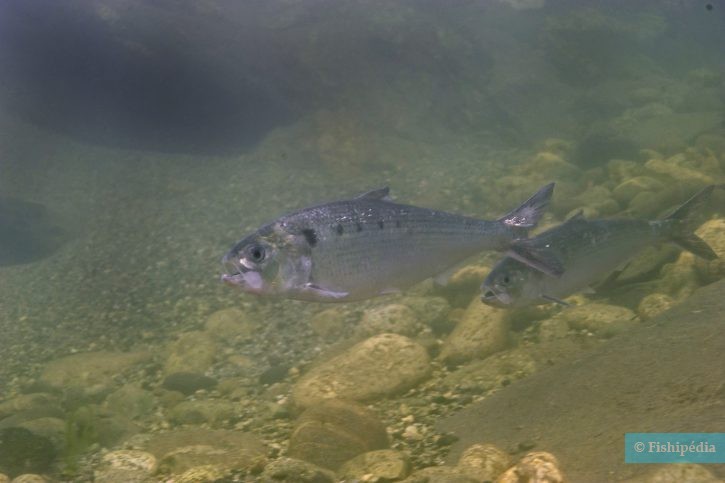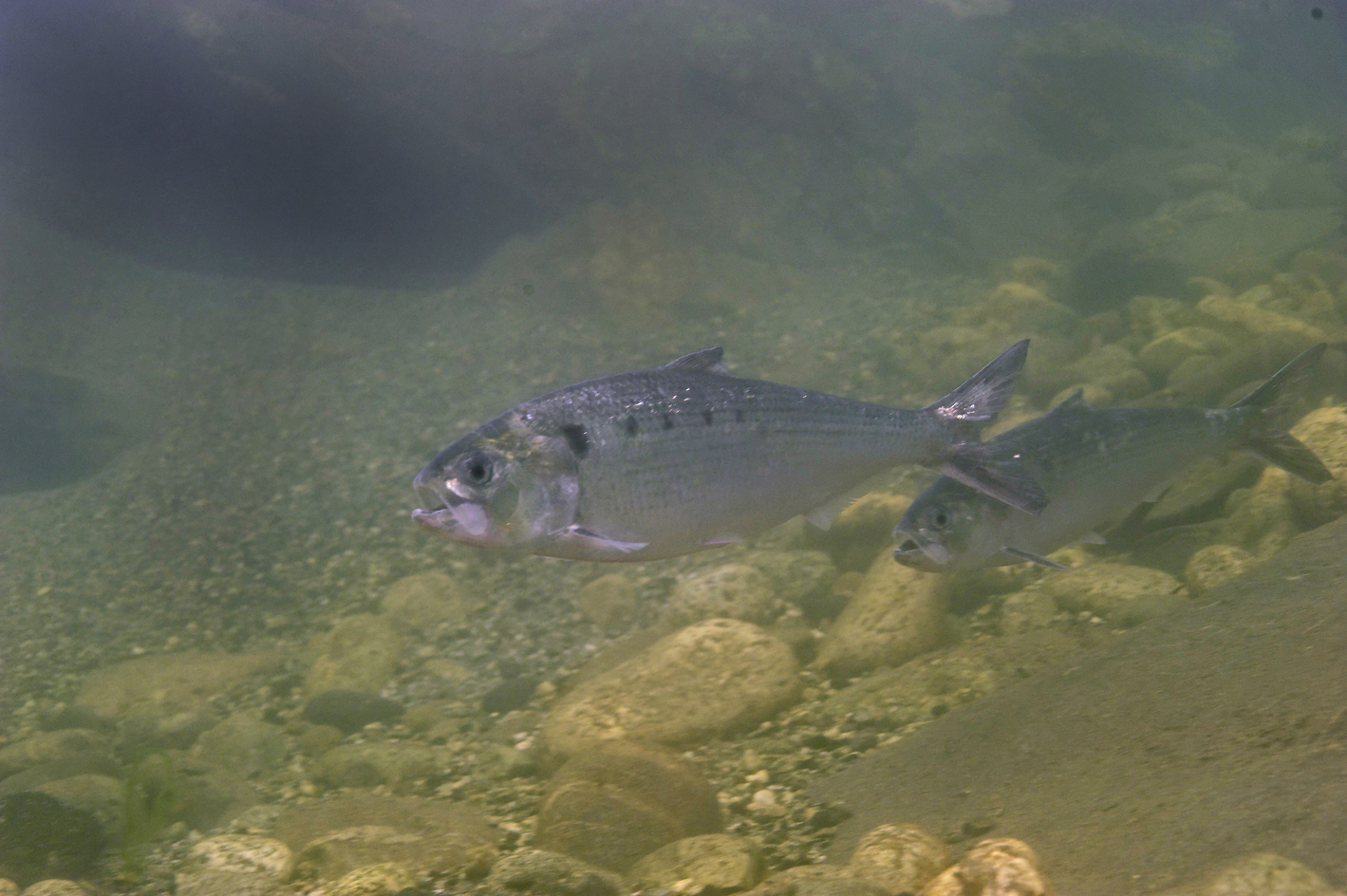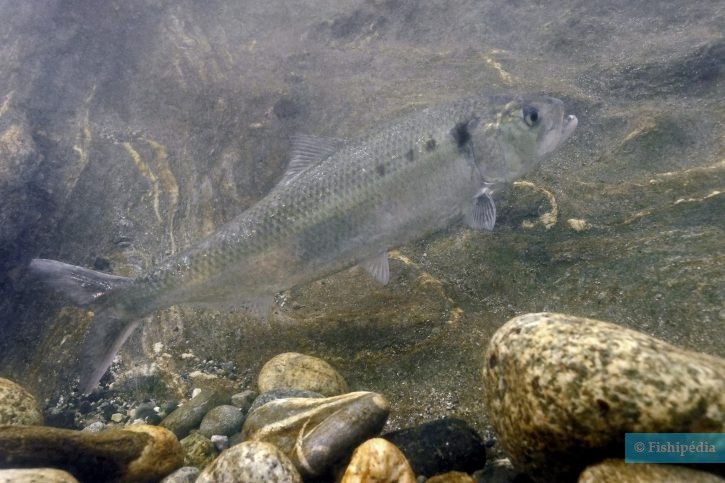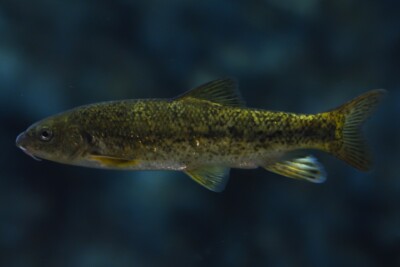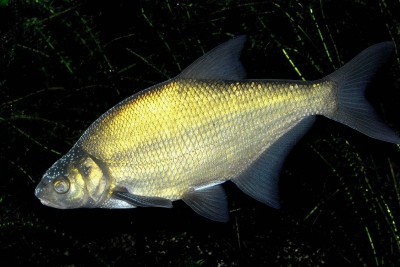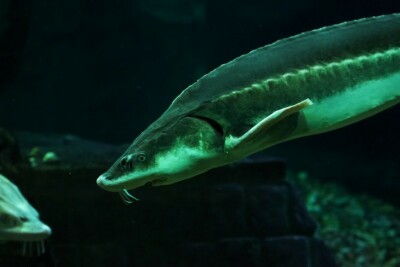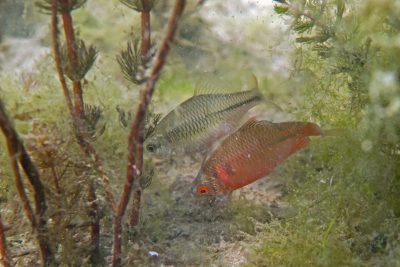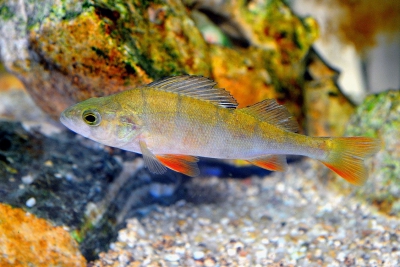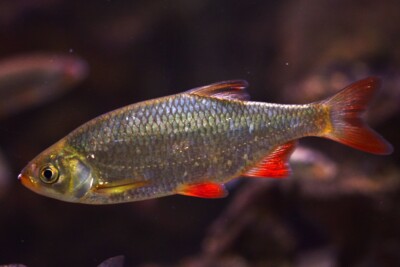Introduction
Alosa fallax, more commonly known as twait shad, is one of the shad species native to Europe. Adults live in the sea and only migrate to estuaries to reproduce.
Twait shad can be found throughout the Eastern temperate Atlantic, from Morocco to Iceland. They also inhabit the Mediterranean Sea, the Black Sea, the North Sea, and the Baltic Sea.
Like other migratory fish, their populations have been severely impacted by dams, pollution, and coastal overfishing.
Who is it?
Morphology
-
Average size40 cm
-
Maximum size60 cm
-
Longevity8 year
-
Patterntasks
-
Average size40 cm
-
Maximum size60 cm
-
Longevity8 year
-
Patterntasks
How to recognize This fish ?
Twait shad gets its name from its strong resemblance to the allis shad Alosa alosa. Like the allis shad, it has a slightly compressed silvery body. Scales are visible along the belly. Adults have between four and eight dark spots behind the gill cover. Rarely, the spots may be absent or fewer.
It differs from the allis shad in the number of spots, which are fewer than three in its cousin, and in its smaller size.
Sexual dimorphism
Females are larger than males of the same age.
Behaviour & Life cycle
-
dietcarnivorous
-
Sociabilityliving in shoals
-
territorialNo
-
Way of livingnocturnal
This species is known to emit sounds easily audible by humans.
Adults form schools along the coasts. Juveniles frequent estuaries and feed closer to the shore. It is suspected that they follow vertical migrations synchronized with the tides. In this species, some isolated populations reside exclusively in freshwater.
Twait shad is carnivorous, feeding on fish and crustaceans. Adults particularly prey on young herring, sprats, and gobies. Like their counterparts, this species is known to communicate using small sounds.
Reproduction
-
Reproductionovipare qui pond en eau libre
-
Migratory speciesYes
Most adults perform anadromous migrations, from the sea to freshwater. They gather near estuaries in April. Entry into brackish water and then into rivers and coastal ponds occurs between May and June, when water temperatures range from 10 to 14°C.
Spawning can occur up to 400 kilometers upstream from marine areas, but most of the time, twait shad reproduce closer to the sea. Initially, it is the smaller males that arrive at spawning grounds, followed some time later by females. Reproduction takes place during the spring high tides, reaching its peak when river flow levels are high. Water temperature ranges from 12 to 22°C.
Mating occurs at night in sandy or gravel areas. The shad, gathered in large schools for the occasion, are particularly noisy during the process. They leave the area in the early morning to return to the sea. Unlike salmon, adults reproduce three to four times during their lives, and most survive the process. However, the migration is strenuous. A study has shown that breeding adults lose around 22% of their weight during these migrations.
The eggs then drift with the current or sink into vegetation. After two to eight days, the larvae hatch. The young live their first months near the spawning grounds and gradually move closer to the sea. They begin to move towards coastal waters after two years. Like other spawners, they will return to spawn in the waters where they were born.
Males reach sexual maturity between 2 and 5 years, females between 3 and 7 years.
Harmless species
This species poses no particular danger to humans when encountered in its natural habitat.
Origin and distribution
Geographic distribution & Conservation
This species inhabits coastal waters of the Eastern Atlantic, the Mediterranean Sea, the Black Sea, the Baltic Sea, and the North Sea. Some populations occur in some large lakes in Southern Europe.
Although not globally threatened, twait shad populations have become locally weak. They are particularly impacted by maritime overfishing, dams, and various pollutants.
Conservation status of populations (IUCN)
What is its habitat?
Natural environment characteristics
-
Temperature10 - 25 °C
-
Depth10 - 400 m
-
FlowMedium and Slow
Biotope presentation
Adults are found up to 400 meters deep, in open water near the coasts. Juveniles inhabit both the flowing waters of coastal rivers and the stagnant waters of saline ponds. When they reach the sea after two years, they live near estuaries and shorelines.
Species of the same biotope
To go further
Sources & Contributions
Participation & Validation
The Fishipedia team and specialist contributors are committed to providing high-quality content. However, although the information comes from scientific sources or testimonials from specialists, the cards may contain inaccuracies.

Benoit Chartrer
Translation
Translation done with the valuable contribution of our translators, who make this information available to a wider audience. We sincerely thank them for their commitment.
Bibliographic references
- - GBIF
- - Biology, Status, and Conservation of the Anadromous Atlantic Twaite Shad Alosa fallax fallax - MIRAN W. APRAHAMIAN - JEAN-LUC BAGLINIÈRE - M. RICHARD SABATIÉ - PAULO ALEXANDRINO - RALF THIEL - CHRISTINE D. APRAHAMIAN - American Fisheries Society Symposium - 2003.
- - TIMING OF MIGRATION AND EXCEPTIONAL GROWTH OF YOY ALOSA FALLAX RHODANENSIS (ROULE, 1924) IN A LAGOON IN SOUTHERN FRANCE. - A.J. CRIVELLI - G. POIZAT - Bull. Fr. Pêche Piscic. - 2001.
- - DONNÉES RÉCENTES SUR LES CARACTÉRISTIQUES MORPHOLOGIQUE S ET BIOLOGIQUES DE LA POPULATION D'ALOSE FEINTE D U RHÔNE (ALOS4 FALLAX RHODANENSIS ROULE, 1924). - M . L E CORRE - J.L . BAGLINIÈRE - R. SABATIÉ - J.Y. MENELLA - D. PONT - Bull. Fr. Pêche Piscic. - 1997.
Scientific partners
Tags
Species of the same biotope
